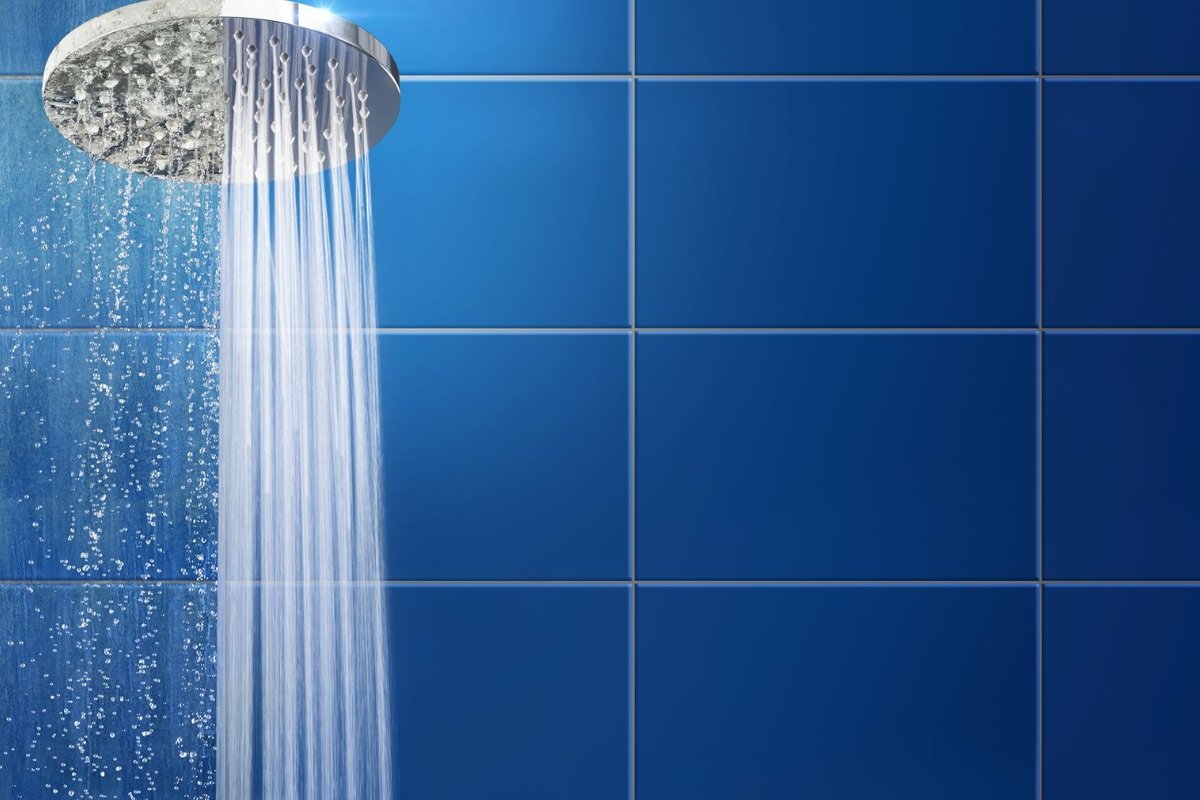Imagine starting your day under a gentle cascade of water, mimicking the soothing sensation of rainfall. Installing a rain shower head can transform your daily routine into a spa-like experience. The good news? You don’t need to be a professional plumber to make this upgrade. In this guide, we’ll walk you through each step to install a rain shower head in your bathroom effortlessly.
What You’ll Need
Before we dive in, gather the following tools and materials:
- New rain shower head
- Adjustable wrench or pliers
- Teflon tape (plumber’s tape)
- Soft cloth
- Ladder or step stool (if necessary)
Step-by-Step Guide to Installing a Rain Shower Head
Step 1: Remove the Existing Shower Head
Safety First
Ensure the shower tap is turned off to prevent any unexpected sprays.
Removal Process
- Protect the Fittings: Wrap a soft cloth around the shower arm to prevent scratches.
- Loosen the Shower Head: Use an adjustable wrench or pliers to turn the old shower head counterclockwise.
- Clean the Threads: Once removed, wipe the shower arm threads with a cloth to remove any debris or old tape.
Step 2: Prepare the Shower Arm
- Apply Teflon Tape: Wrap the plumber’s tape clockwise around the threads of the shower arm. This ensures a tight seal and prevents leaks.
- Smooth the Tape: Press the tape firmly into the threads with your fingers.
Step 3: Install the New Rain Shower Head
- Hand Tighten First: Screw the new rain shower head onto the shower arm by hand, turning it clockwise.
- Secure the Connection: Use the wrench or pliers to tighten it slightly further. Avoid over-tightening, which can damage the fittings.
- Positioning: Adjust the angle of the shower head to your preference.
Step 4: Test for Leaks
- Turn On the Water: Slowly turn on the shower tap.
- Inspect the Connection: Check around the shower head and arm for any signs of leaking.
- Tighten if Necessary: If leaks are present, tighten the shower head a bit more.
Step 5: Enjoy Your New Rain Shower Head
Step into your shower and enjoy the luxurious feel of your new rain shower head!
Tips for Optimal Performance
- Regular Cleaning: To maintain water flow, clean the shower head periodically to remove mineral build-up.
- Water Pressure Check: If the water flow is weak, consider removing the water restrictor (if applicable), but be aware of local regulations regarding water usage.
- Height Adjustment: If the shower head is too high or low, consider installing a shower arm extension for better positioning.
Common Mistakes to Avoid
- Over-Tightening: This can lead to damaged threads and leaks.
- Skipping the Teflon Tape: This step is crucial to prevent water leakage.
- Ignoring Manufacturer Instructions: Always refer to the specific guidelines provided with your shower head.
Summary Table
| Step | Action |
| 1. Remove Old Shower Head | Unscrew existing head and clean threads |
| 2. Prepare Shower Arm | Apply Teflon tape to shower arm threads |
| 3. Install New Shower Head | Screw on new head and tighten securely |
| 4. Test for Leaks | Turn on water and check for leaks |
| 5. Enjoy | Use your new rain shower head |
Conclusion
Upgrading to a rain shower head is a simple DIY project that can significantly enhance your bathroom experience. With just a few tools and our step-by-step guide, you can enjoy the soothing sensation of rainfall every time you shower.
FAQs
Most rain shower heads can be installed without professional help. This guide provides all the steps you need for a DIY installation.
Yes, but the experience may not be optimal. Consider models designed for low water pressure to improve performance.
Ideally, it should be installed at least 200 cm (80 inches) from the floor to accommodate most users.
Detach the shower head and soak it in a vinegar solution to remove mineral deposits, then rinse thoroughly before reattaching.
Many modern rain shower heads are designed to conserve water while providing a luxurious experience. Look for models with a WaterSense label.




